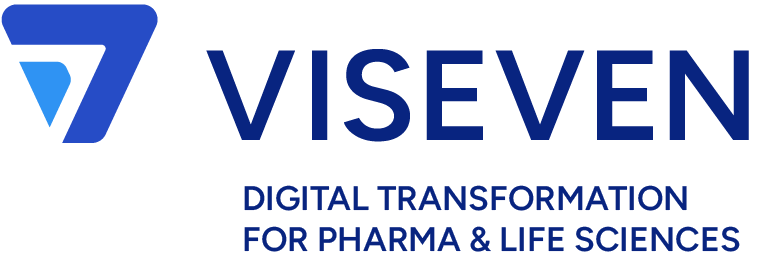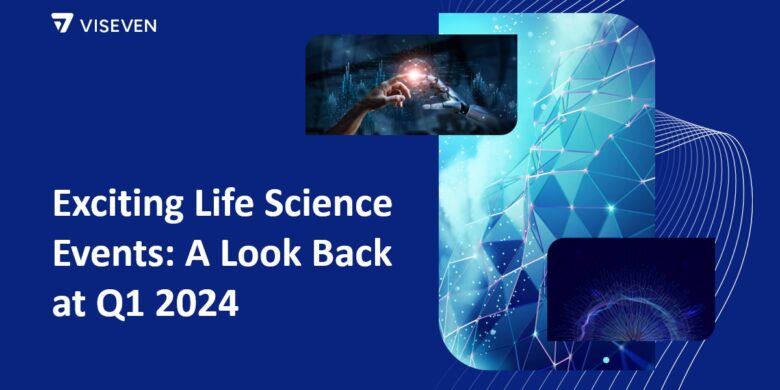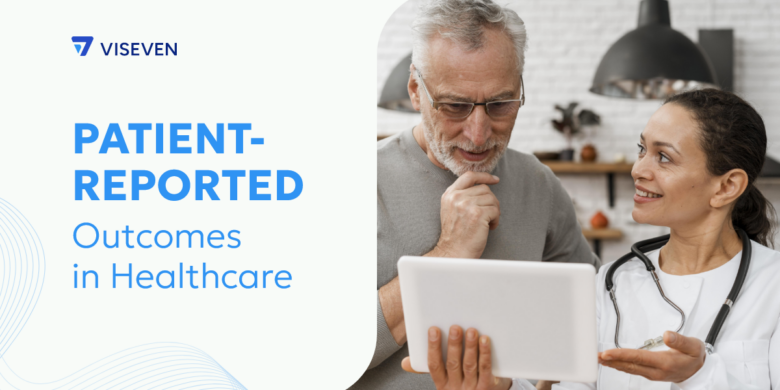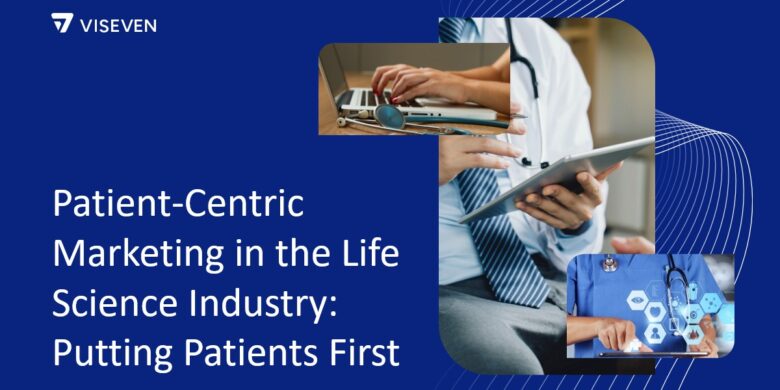Omnichannel: Digital and Face-to-Face Activity Alignment

HCP engagement models are getting ever more complex and diverse. It is a time-driven tendency reshaped by the ultimate impact of COVID-19 on the pharmaceutical industry. Customer needs are also getting more vagarious, and an overwhelming flow of information retouch the way it should be presented to the HCP.
For all of these reasons, pharma сompanies are struggling to find the right balance between face-to-face and virtual promotion. Let’s talk about what caused these changes and how to blend these two experiences for the HCPs.
HCPs engagement must be redefined… Again?
COVID-19 has changed the picture of HCP engagement for good. During the pandemic, everyone from doctors to patients has appreciated the flexibility of virtual engagement, and a decline in using remote working tools shortly is not expected. Accordingly, these models will still be in the post-COVID future.
The industry hardly had time to adapt to the first shift in channels usage, and here we go again… The mix of channels preferred by HCPs is changing all the time, so it takes some effort to predict where it will go in the future. Meanwhile, 85% of HCPs said they would like digital engagement to complement face-to-face. Therefore, pharma companies look closer to hybrid communication models to strengthen their presence and have a greater impact on the audience.
Face-to-face and digital cannot exist without each other because in tandem, they provide a higher level of satisfaction and a better return on investment.
| Segment | Sales | ||
|---|---|---|---|
| 2016 | 2017 | Growth | |
| Rep only | 121 | 132 | 9% |
| Digital only | 32 | 33 | 3% |
| Rep + digital | 46 | 52 | 15% |
Source: Veeva Guide to Digital HCP engagement
Sometimes the connection established on a face-to-face visit cannot be replaced. It is crucial when it comes to product launches that require frequent interaction with healthcare providers. Something is easier to achieve with virtual engagement, especially when access to HCPs is limited. It is important to blend face-to-face and digital activities correctly, depending on the objectives of your campaign.
HCP engagement of the past:
- Face-to-face
- One-size-fits-all approach
- Disconnected and siloed
- One-way communication
- The more the better approach
HCP engagement of the future:
- Omnichannel
- Customer-centric
- Connected
- Relationship-driven promotion
- Strategic investment
What is driving hybrid communication with HCPs
Today in pharma, digital campaigns are almost entirely separated from personal visits. Medical reps are actively triggering emails but unaware if additional digital activities occur. SFE managers are focused on a face-to-face channel having little experience with digital. There are also multichannel managers who, as a rule, synchronize all activities, but even they may not be aware of how the touchpoints across channels interact and fit together in a single picture.
Technical flaws and the fact that data on face-to-face visits are not transferred to the marketing automation system are to blame. Also, desynchronization occurs when the data from the marketing automation system is not distributed in the CRM. The objective is to ensure that the flow of information from different channels does not turn the communication strategy into a complete mess.
However, every challenge creates an opportunity. The challenge is now to grow robust, flexible, and agile commercial capabilities that will work long after the pandemic is over. Pharma has to build communication with HCPs focusing primarily on their desires and needs. That’s why large pharma enterprises are adopting flexible omnichannel solutions that enable them to engage with HCPs in the way they would like.
Our interest in this topic is mostly driven by the number of such requests from clients. One of our major international pharma clients was once interested in a smart sequencing of face-to-face visits and virtual to make the most of face-to-face interactions and deliver the right message to the right customer at the right time.
The integration of digital and traditional channels is challenging— but the reward is multiple. Omnichannel technologies develop a deep understanding of the customer journey that helps to synthesize the insights about HCP preferences and be ready to respond to them appropriately at the right time and in the right format.
Omnichannel technologies inspire a frank, value-based dialog with the customer by:
- Establishing two-way communication with HCPs
- Providing a single, unified experience for the customer
- Delivering relevant content to the target audience
- Supplying personalized experiences for HCPs
- Blending the digital and the personal activities to get the best from each
Mix it up wisely
The ultimate goal is to develop an intelligent feedback system that can identify the best content for a particular doctor. It is rather challenging to achieve such flexible, responsive commercial capabilities. First, you have to overcome some barriers like:
- Shortage of content
- Siloed system
- Luck of data on customer needs.
- Legal restrictions on the content
- Appropriate professionals
What your company really needs is the right technology and personalized content to fit these new channels in agile ways.
Get the capacities of the leading omnichannel solution firmly integrated into your Veeva ecosystem. eWizard platform breaks silos and combines content authoring, asset management, and distribution with omnichannel campaign execution. It establishes seamless workflows, drives digital transformation and culture. eWizard supports the innovative modular approach and allows flexible work and reuse of various digital assets.
Omnichannel technologies provide data that helps to identify the optimal mix of channels and organize a successful alignment of all activities inside the campaign by:
- Transferring data between the CRM and the marketing automation system
- Planning of the customer journey taking into account the activities of the medical representative
- Enabling a rep-triggered journey for a representative to see the whole journey, launch it, and see the result of this journey in the CPM – this is the first option of alignment.
- Providing an opportunity to rationalize the share of personal and digital activities in those segments and those regions where it is appropriate – as the second option. Face-to-face is a key channel for pharma, but it also the most expensive one. Sometimes it is more practical to use more digital activities for the doctor who prefers it or increase the number of personal visits for those segments where digital activity drops.
We believe that any communication model must be omnichannel, where face-to-face promotion is just one channel. Stop concentrating on the constraints of one-way communication and see more opportunities to bring consumer preferences to life. Turn to our experts for insights and guidance and expand the dialog with your target audience.



